Canon EOS R7 review
Compact interchangeable lens APS-C sensor incorporating mirrorless camera with a big resolution, inspired by Canon’s own EOS 7D DSLR

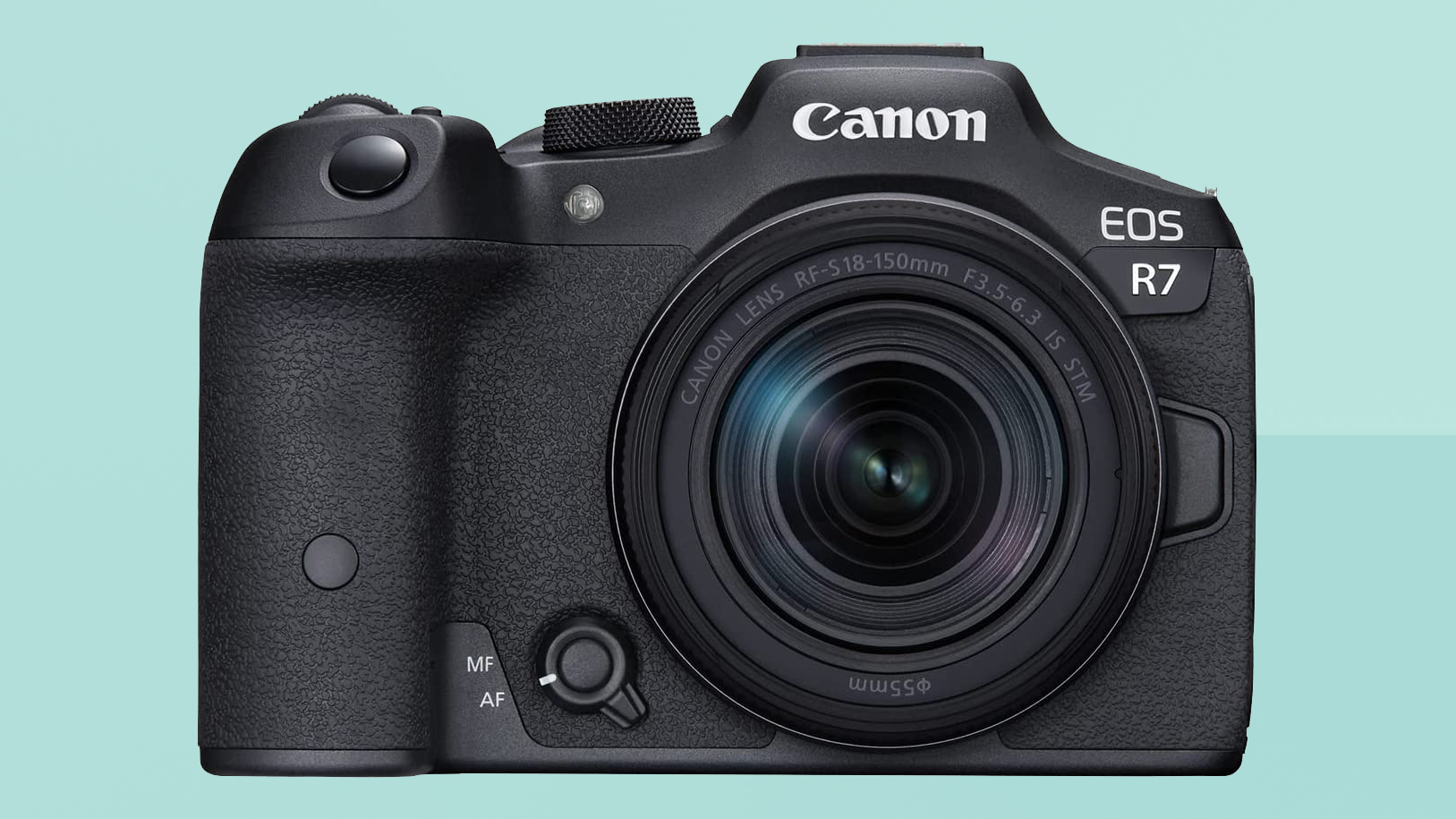
The Canon EOS R7 offers a slightly better build quality and additional features over its near outwardly identical looking sibling in the EOS R10 released alongside it, the biggest difference on paper at least being the larger pixel count of the EOS R7. For those who have been tentative to date about making the switch from either smartphone or existing DSLR to a smaller format mirrorless model like this one, the EOS R7 offers some reassurance and succour, being intuitive to use while offering an image quality that is impressive for its size.
-
+
Compact camera body
-
+
Accessible price point
-
+
Large 32.5MP pixel count
-
+
Swift operation
-
-
Requires investment in Canon RF series lenses
-
-
No built-in flash
-
-
Close price point to some full-frame EOR R models
Why you can trust T3

Canon has been pouring its R&D budget pretty much exclusively into its EOS R series of mirrorless digital cameras these past few years. But whereas initial models were aimed at enthusiast and semi-professional photographers, its latest EOS R pairing in the R7 – reviewed here – plus close sibling the R10, are both aimed at those getting into mirrorless for the first time.
As such, both cameras are the first in the EOS R series to feature more obviously consumer-targeted APS-C sensors, rather than the full frame chips favoured by professionals and catered for elsewhere in the EOS R range. The upshot is that this has allowed for greater affordability, even if the EOS R7, complete with its generous 32.5-megapixel resolution, making it the literal bigger brother to the otherwise outwardly very similar 24.2 megapixel R10, is not exactly cheap. While the R10 would be our recommendation for anyone on a budget stepping up from a smartphone into the world of interchangeable lens photography for the first time, the EOS R7 inevitably has a few more bells and whistles, as well as all those extra pixels, for anyone who can stretch that bit further.
So, all things considered, does the R7 make the grade as one of the best options for any keen amateur looking to make the leap into mirrorless cameras, either from the position of camera phone user or DSLR owner? Find out if it's one of the best mirrorless cameras below…
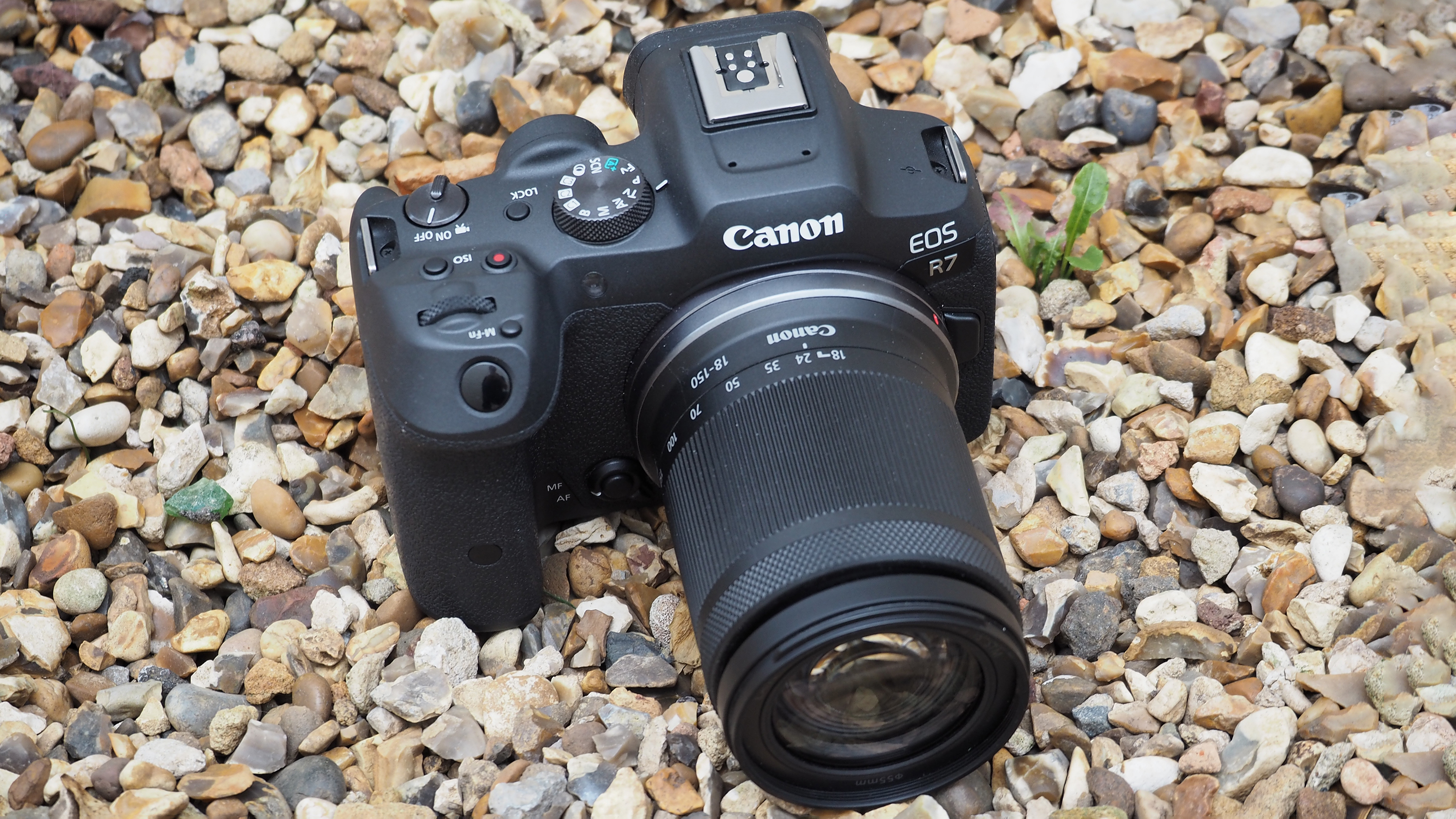
Canon EOS R7 review: Design & Handling
Given its long and distinguished heritage when it comes to EOS series digital SLRs, now stretching back more than 20 years, it’s no surprise that the design and handling of the 32.5MP Canon EOS R7 takes inspiration from what has come before.
Outwardly it very much resembles a Canon DSLR of old in terms of button layout and positioning of features, albeit one that has been shrunk in size. Indeed its maker is very open and proud of the fact, that the inspiration for the R7 comes from the similarly APS-C sensor incorporating EOS 7D DSLR from 2009. Potentially then, users with just such an aging DSLR in the cupboard may want to trade it in for a brand new EOS R7. At least that’s what Canon will be hoping by making the transition a relatively easy and straightforward one and maintaining some very familiar DSLR-like features and controls.
Happily there is little about the Canon EOS R7 that feels compromised; there’s room for a decent sized handgrip that can incorporate four fingers at the front, even if we found our thumb was left to slide around a bit more than we’d like at the back.
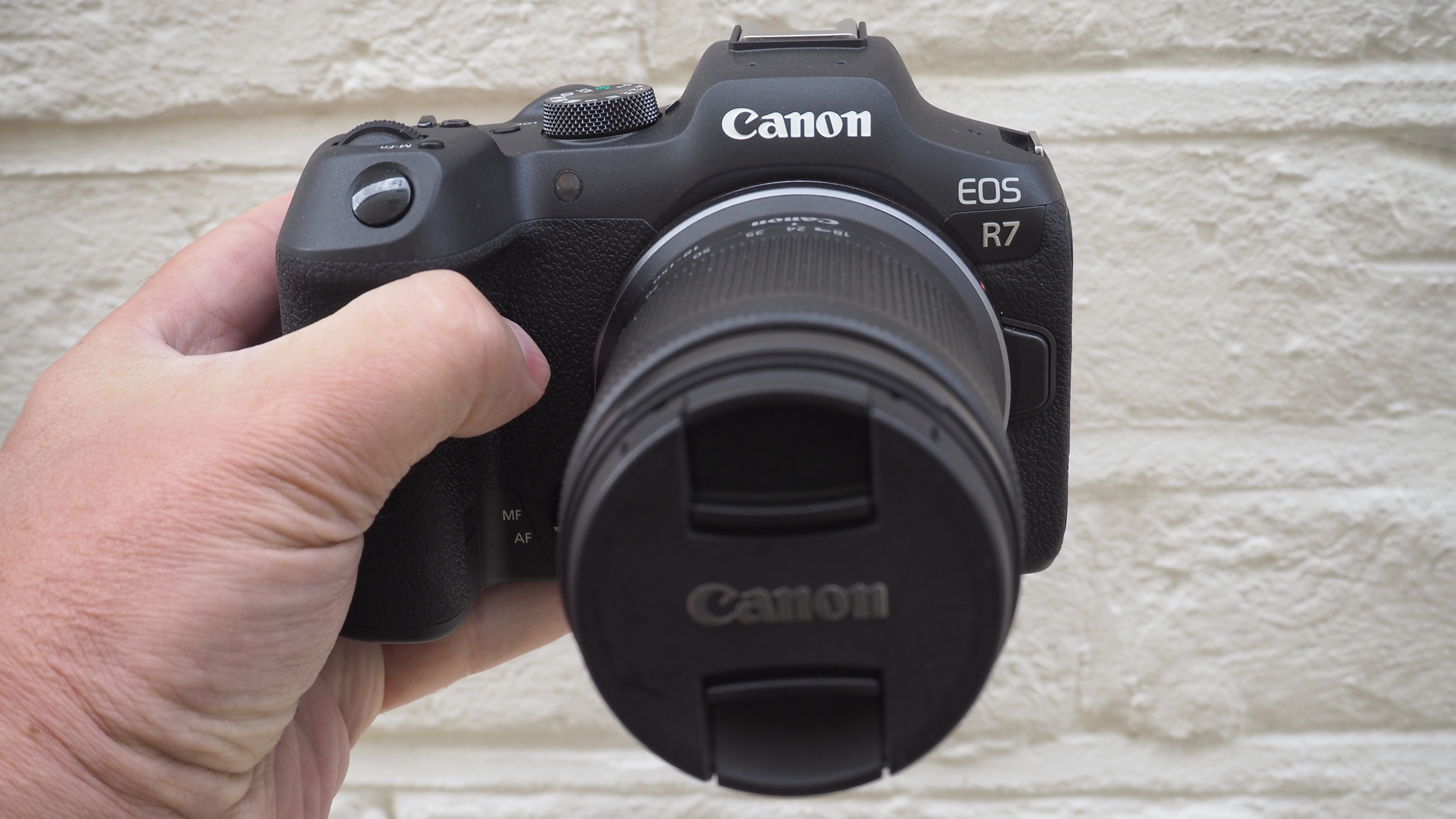
Canon EOS R7 review: Features
While the EOS 7D digital SLR of old was a very capable camera on launch, with the brand new mirrorless EOS R7 Canon has gone both smaller yet ‘louder’ in boosting the pixel count of its predecessor from 18 megapixels to a whopping 32.5 MP some 13 years later, though the actual physical dimensions of the APS-C sensor at the heart of this model haven’t changed.
What’s new here is Touch and Drag Auto Focus, while the EOS R7 is the first in in the R series to feature a combined AF multi-controller and control wheel, positioned at the back of the camera where it readily falls under the thumb, to enable quicker and more accessible shooting setting and playback adjustment, via one thumb movement or dial rotation. Or we can choose to ignore both and simply point and shoot on full auto to our heart’s content and still, as it transpires, achieve consistently excellent results.
Speed is further to the fore here in the fact that the EOS R7 and the R10 that sits below it in the range both feature the fastest continuous mechanical shutter of an APS-C EOS camera at 15ps, with the alternatives being an even quicker 30fps and 23fps via use of the electronic shutter. On this particular camera, built-in image stabilisation equivalent to 8 stops is admittedly very useful for the day-to-day operation of a smaller and lighter format camera body to reduce visible handshake and resultant image blur, especially when attaching longer or relatively bulky lenses.
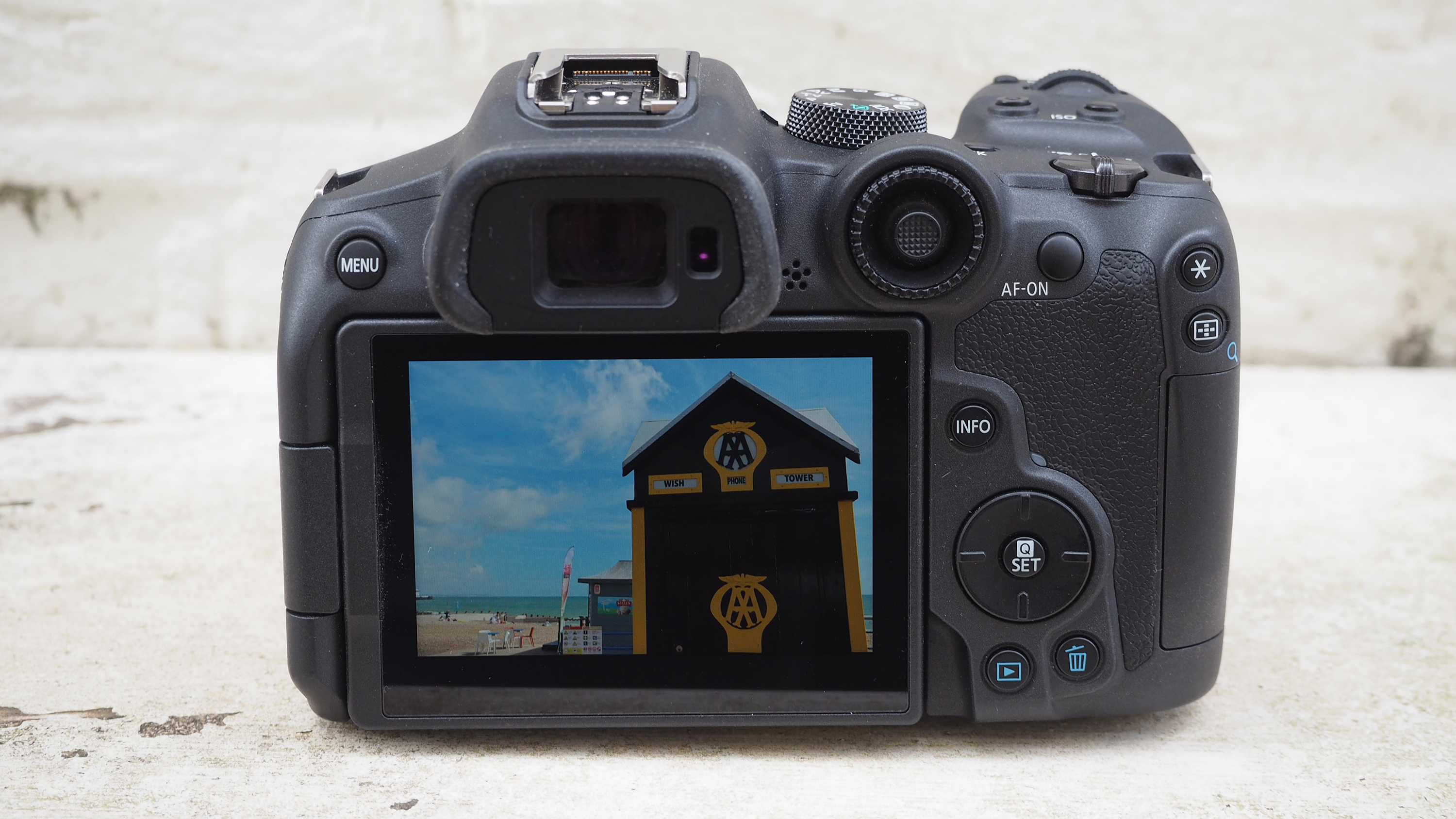
Introduced alongside these camera bodies were a couple of compatible lenses in the RF-S 18-45mm f/4.5-6.3 IS STM, an ultra compact everyday zoom lens, plus the RF-S 18-150mm f/3.5-6.3 IS STM, its broader range providing greater versatility even if its physically twice the length of the 18-45mm. Fortunately, both were supplied with our review sample of the camera, feeling at first a little lightweight and plastic-y in the hand, but giving us a good opportunity to try them out.
Finally, in terms of connectivity options, Wi-Fi and Bluetooth connectivity is offered here too as we’d expect to find on any current-day digital camera.
Canon EOS R7 review: Performance
Canon has said the reason behind introducing affordable APS-C sensor models into its formerly full-frame EOS R camera series is to make smaller yet high-speed and high-performance cameras perfectly positioned for enthusiasts. And certainly, we went into using the EOS R7 expecting parity with DSLR-like response times.
Unlike its EOS R10 sibling, which features the standard single SD card slot, the EOS R7 shows its more grown-up mettle – and reflects the higher resolution on offer – by providing two slots, enabling us to literally have more memory to hand.
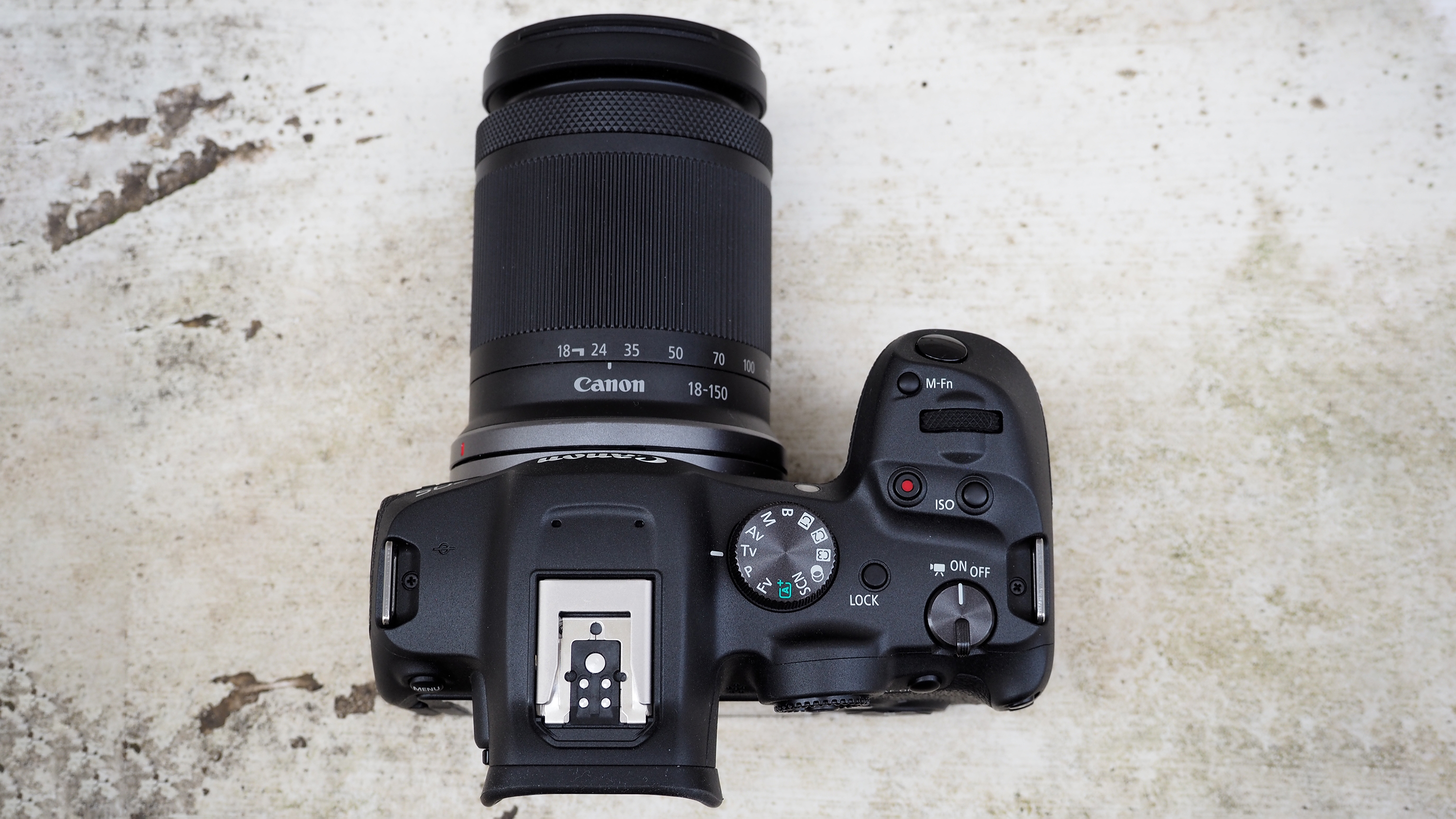
Shooting modes are readily selected via the large and prominent mode dial on the camera’s top plate, which offers just the right amount of resistance to avoid it being accidentally jogged onto an adjacent setting when lifting it out of our camera bag. The on/off power button also requires a definite flick to activate it, while command wheel, ISO and video record buttons all readily fall beneath the forefinger or thumb of our right hand.
Flick the on/off button and, provided we’ve remembered to remove the lens cap first, we can be up and shooting in a couple of seconds, the camera is just as quick to commit the highest resolution image file to memory. In this way the EOS R7 feels, handles and responds very much like the DSLRs that inspired it; so much so that anyone moving from one of Canon’s actual SLRs over to this slightly smaller format camera, will find the transition, price aside, a relatively painless one.
Canon EOS R7 review: Image samples
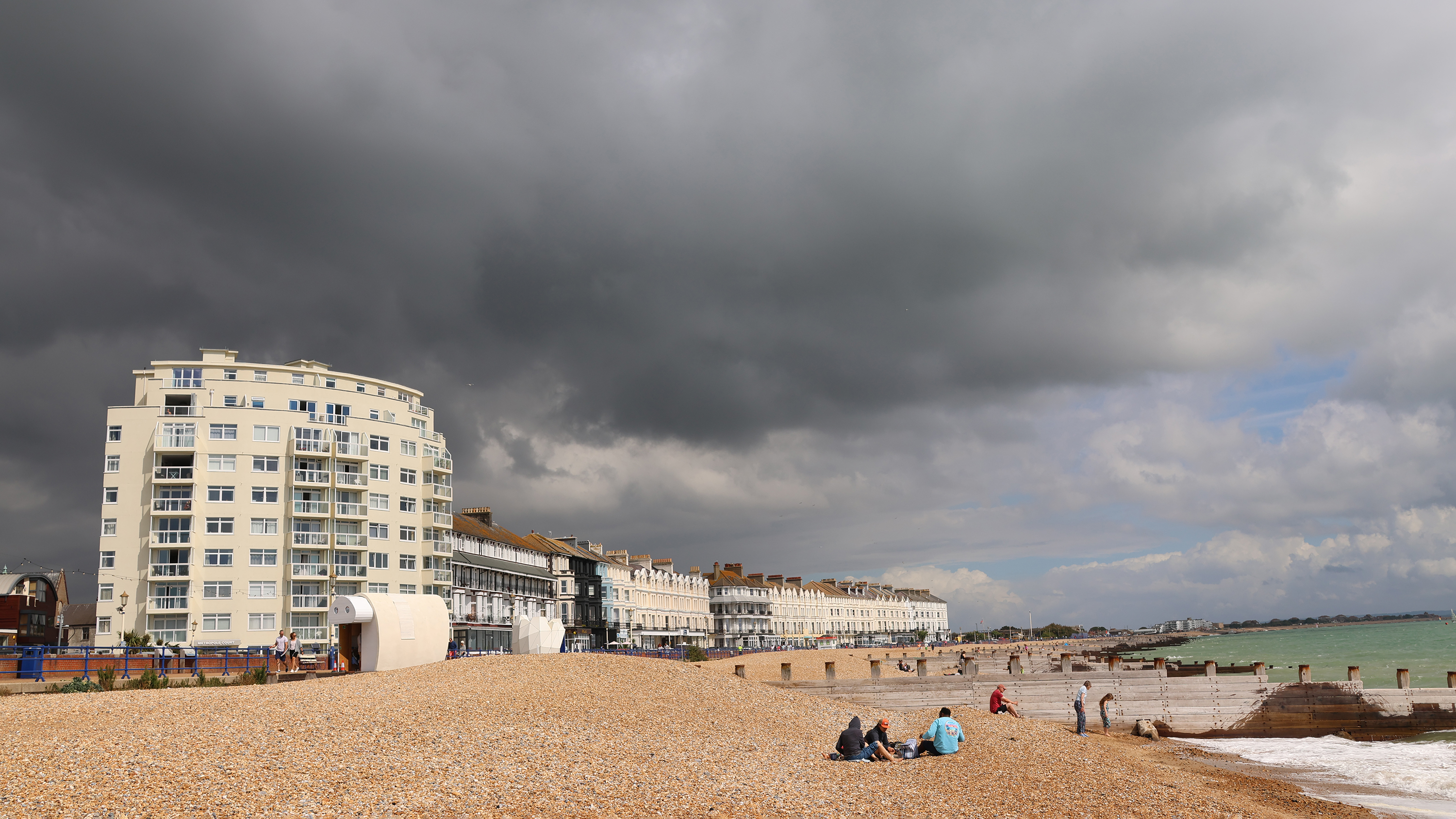
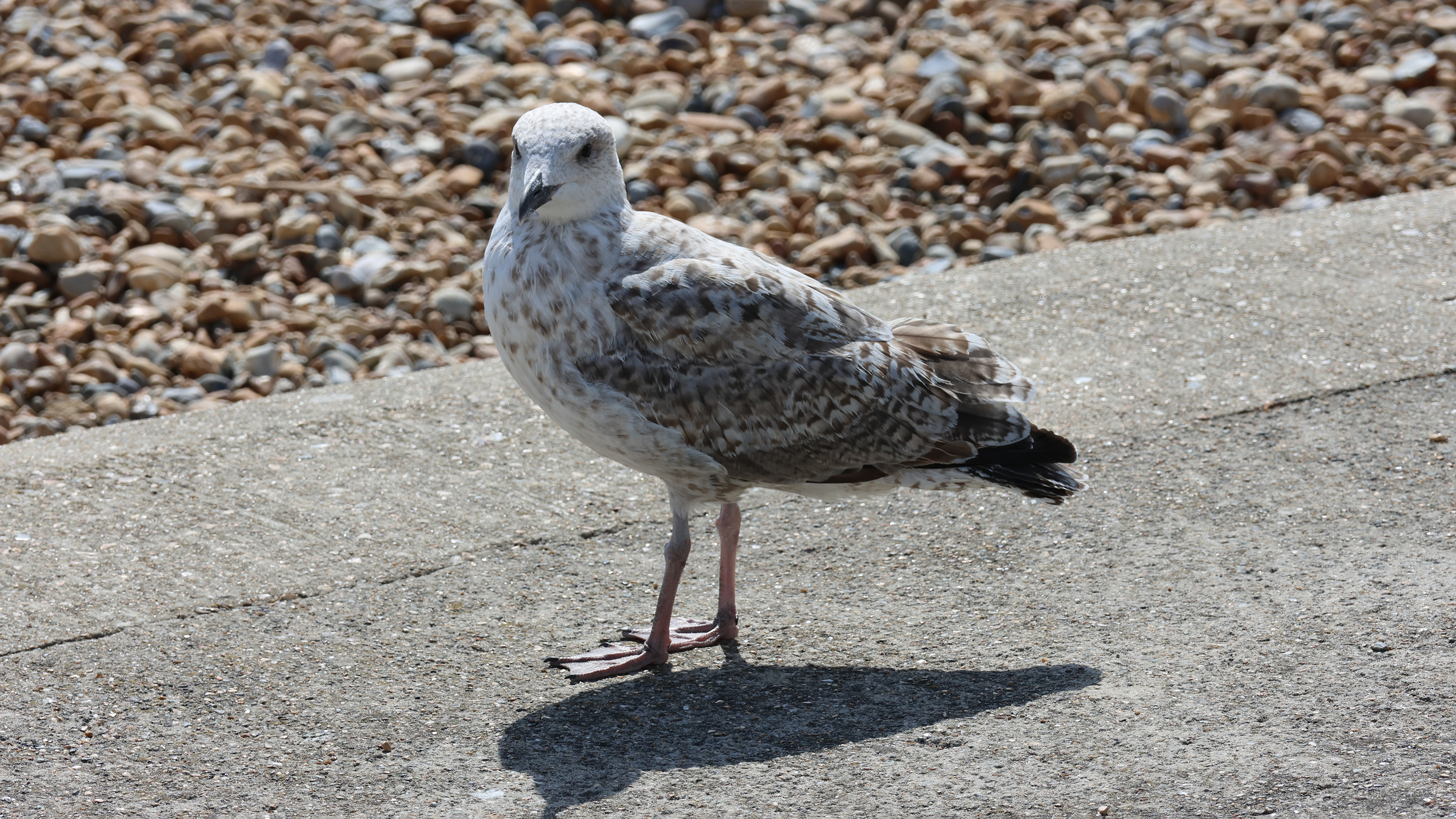
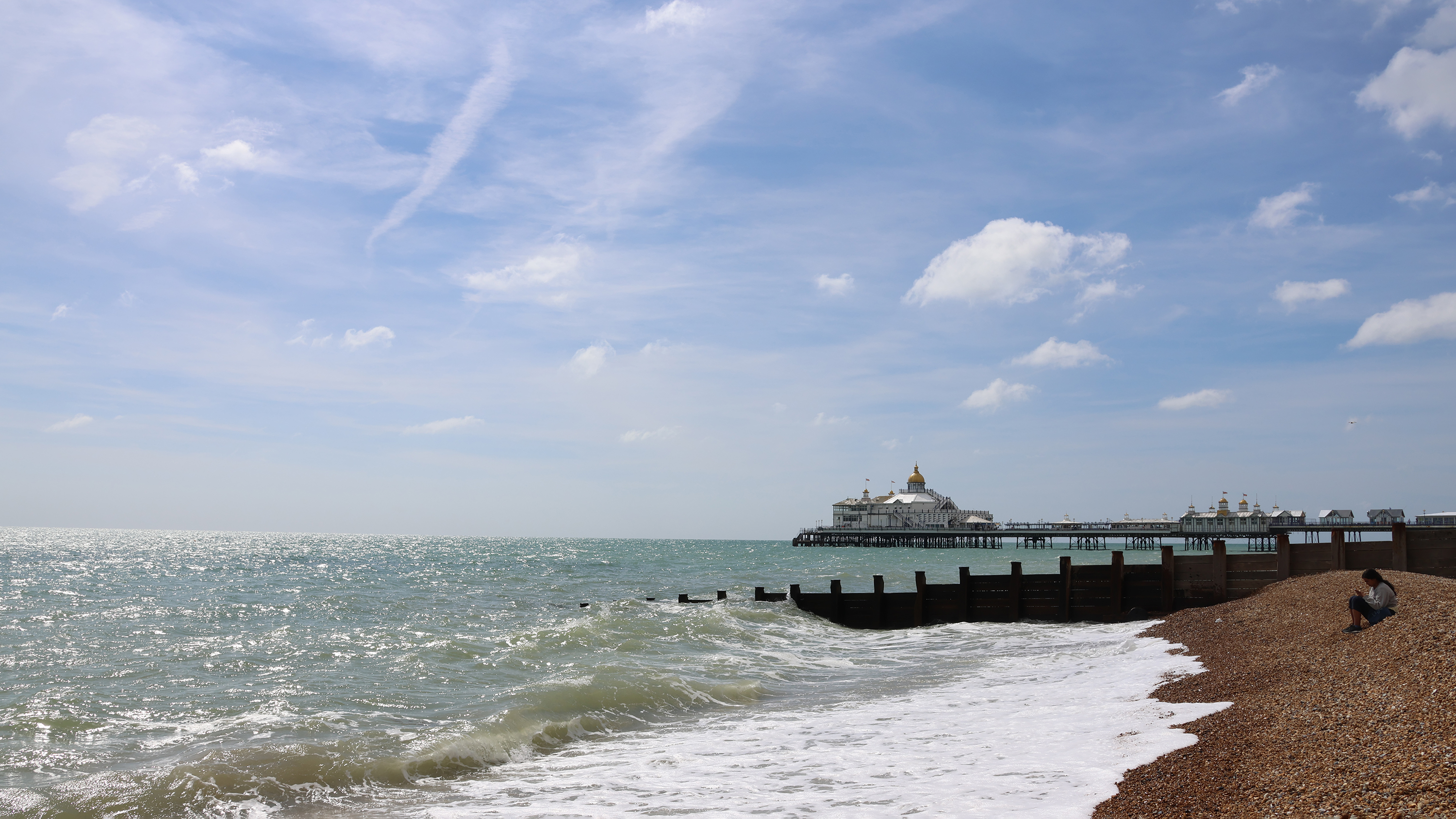

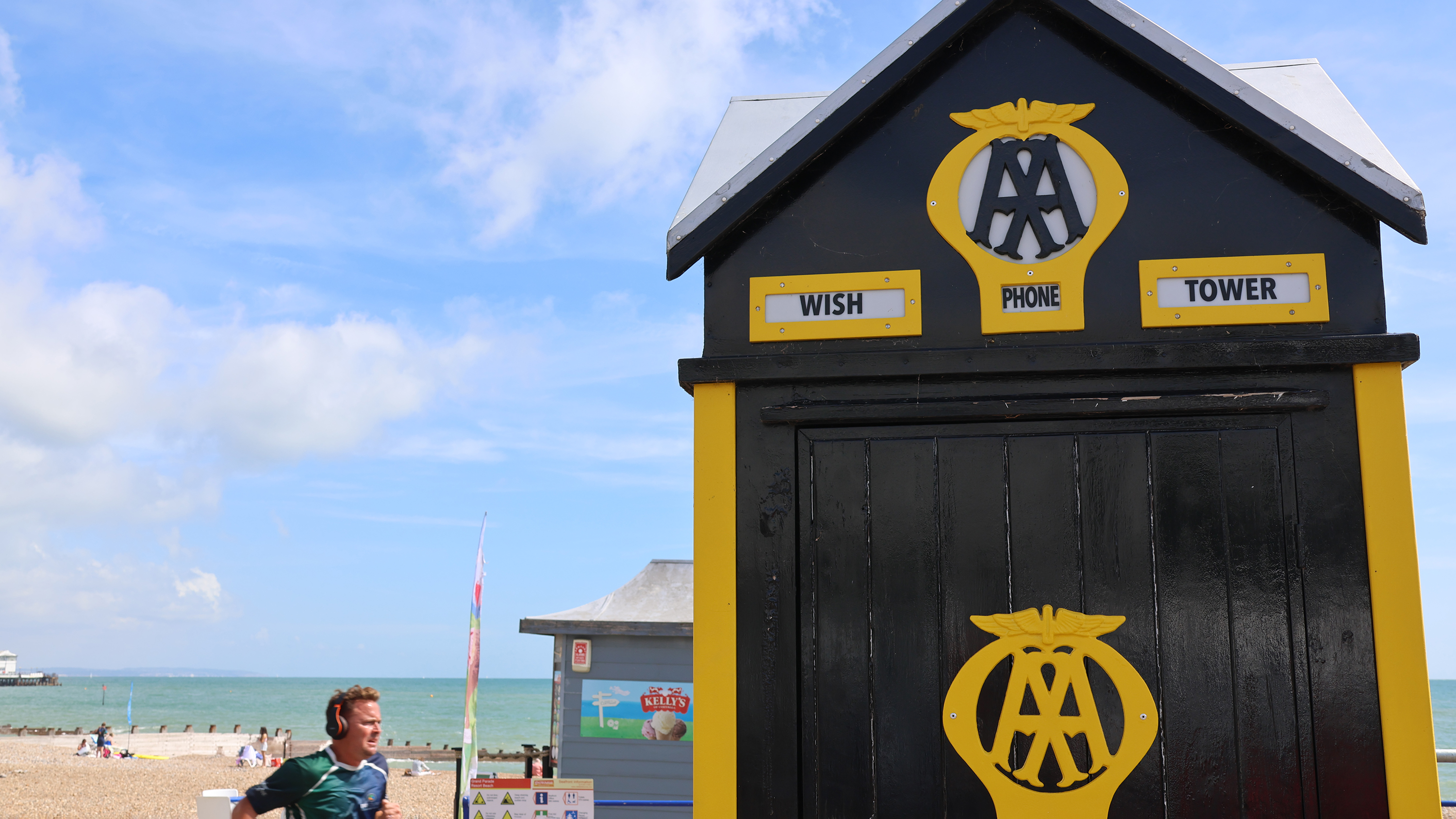
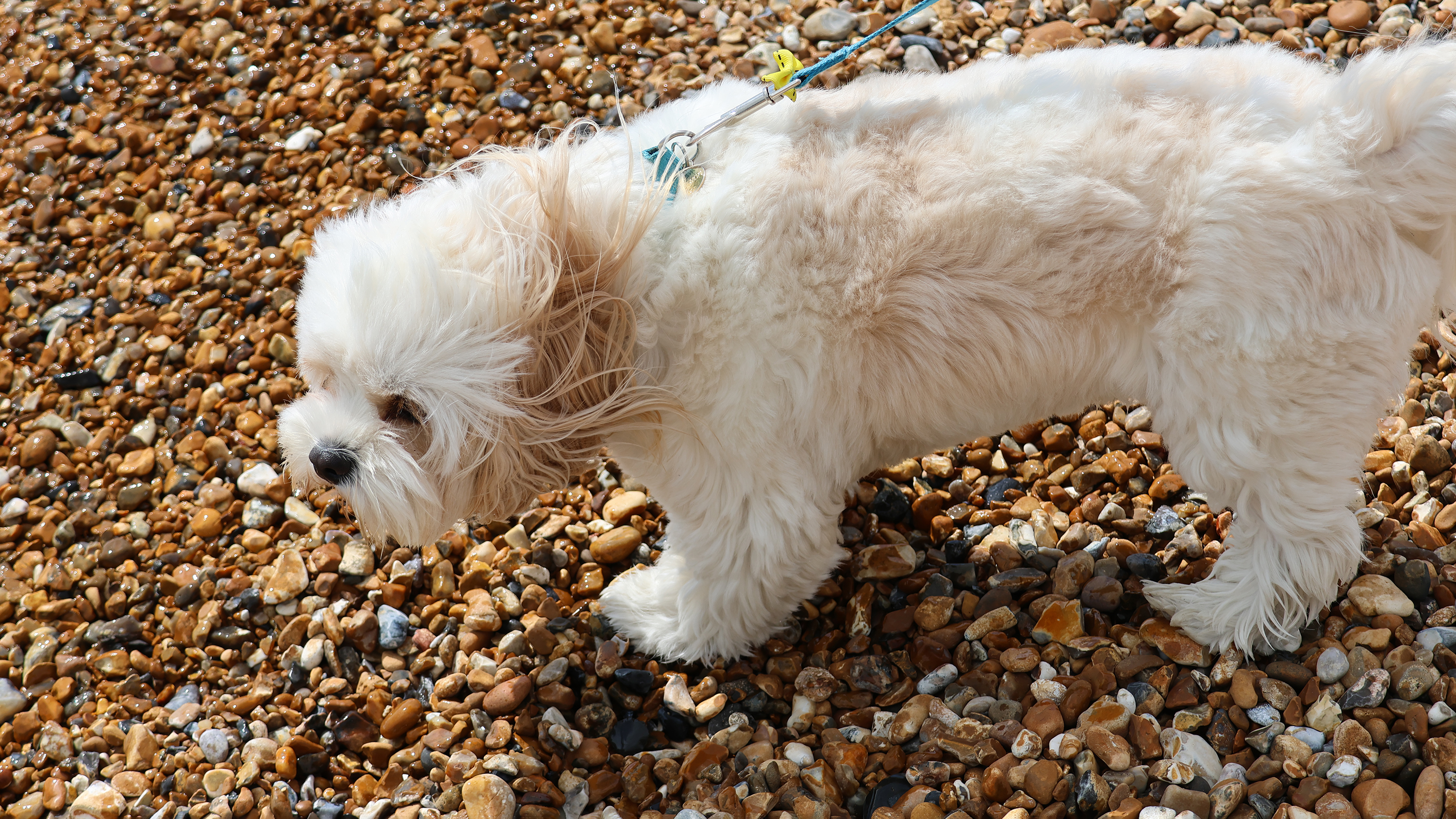
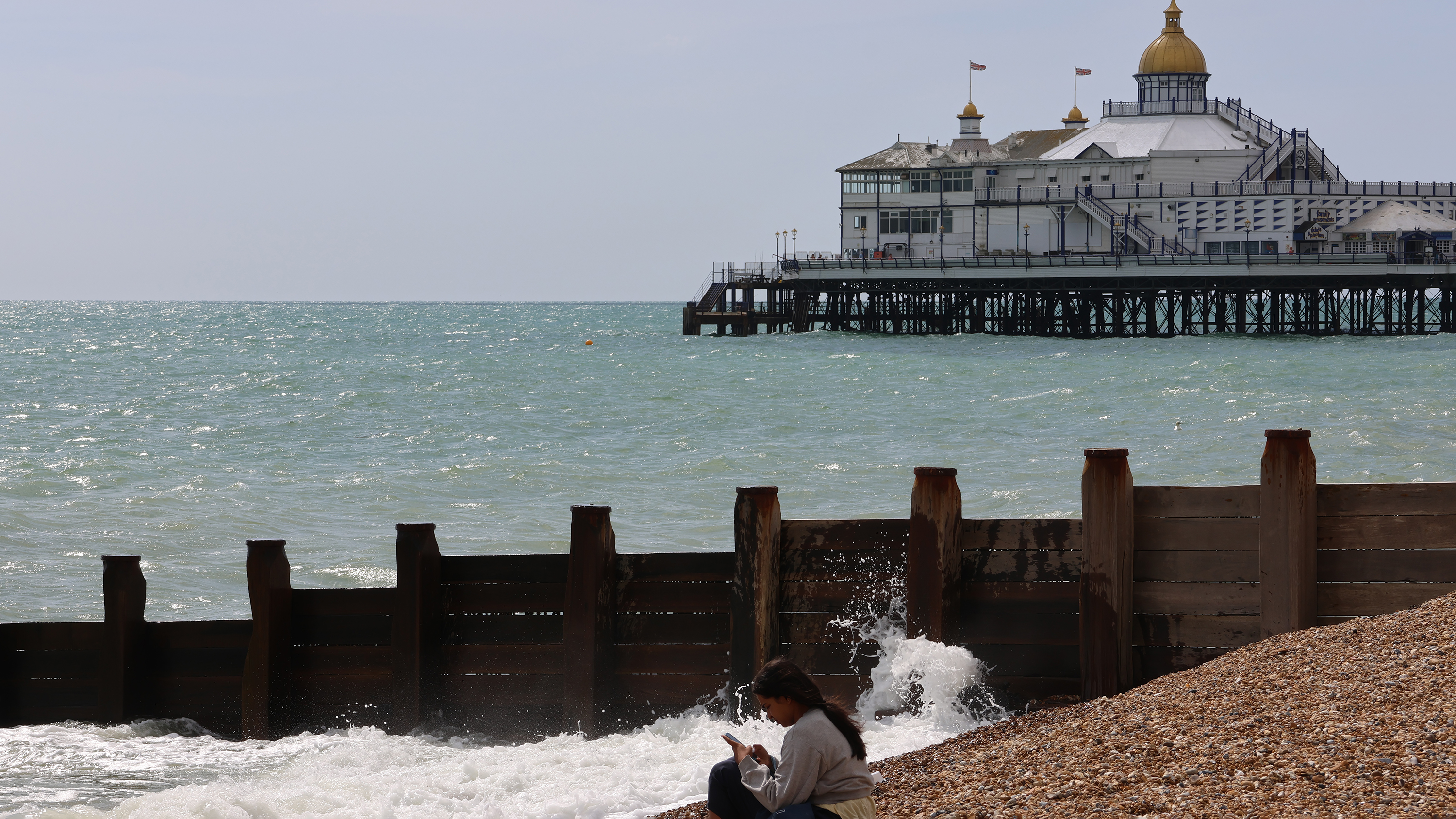
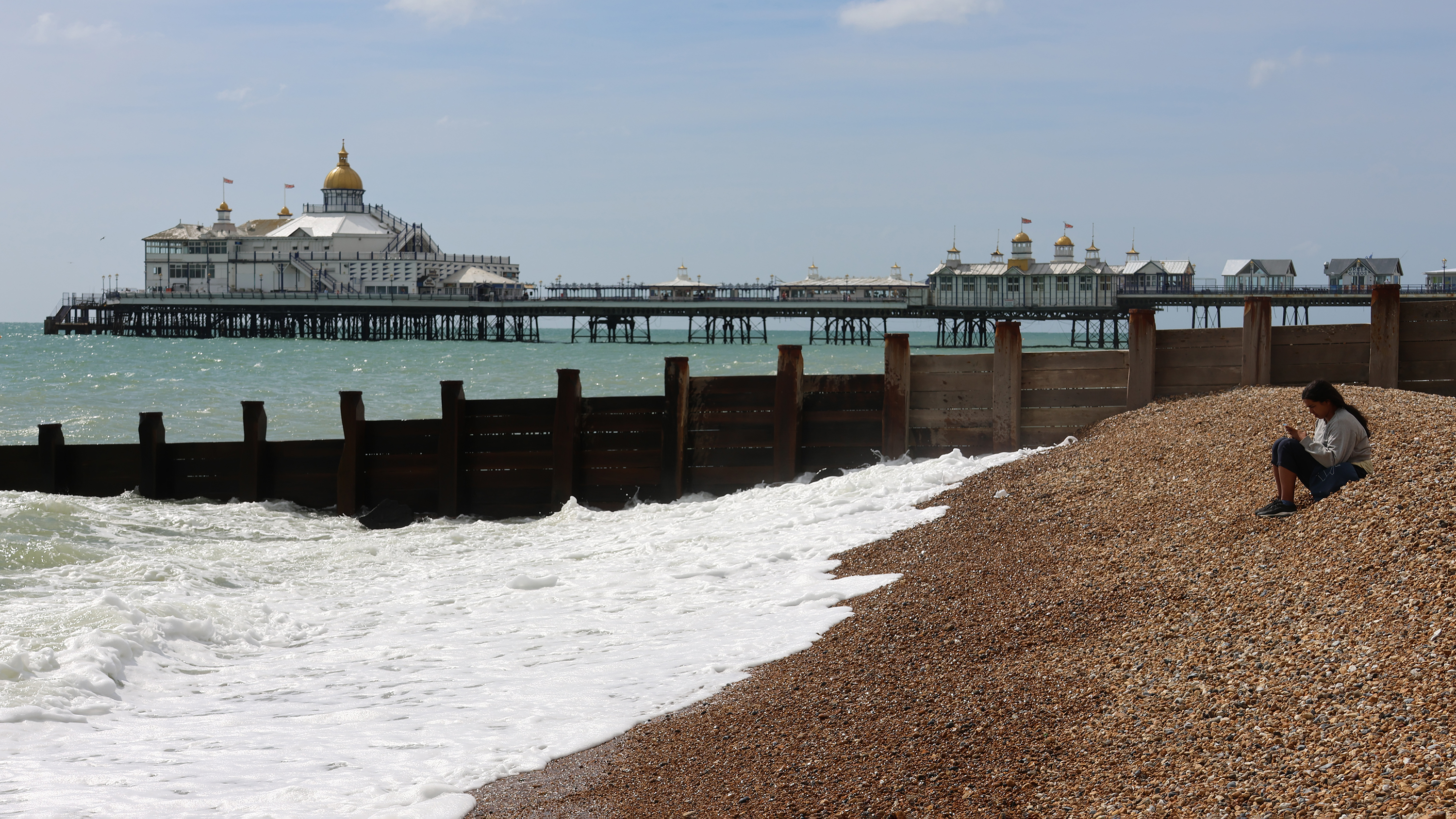
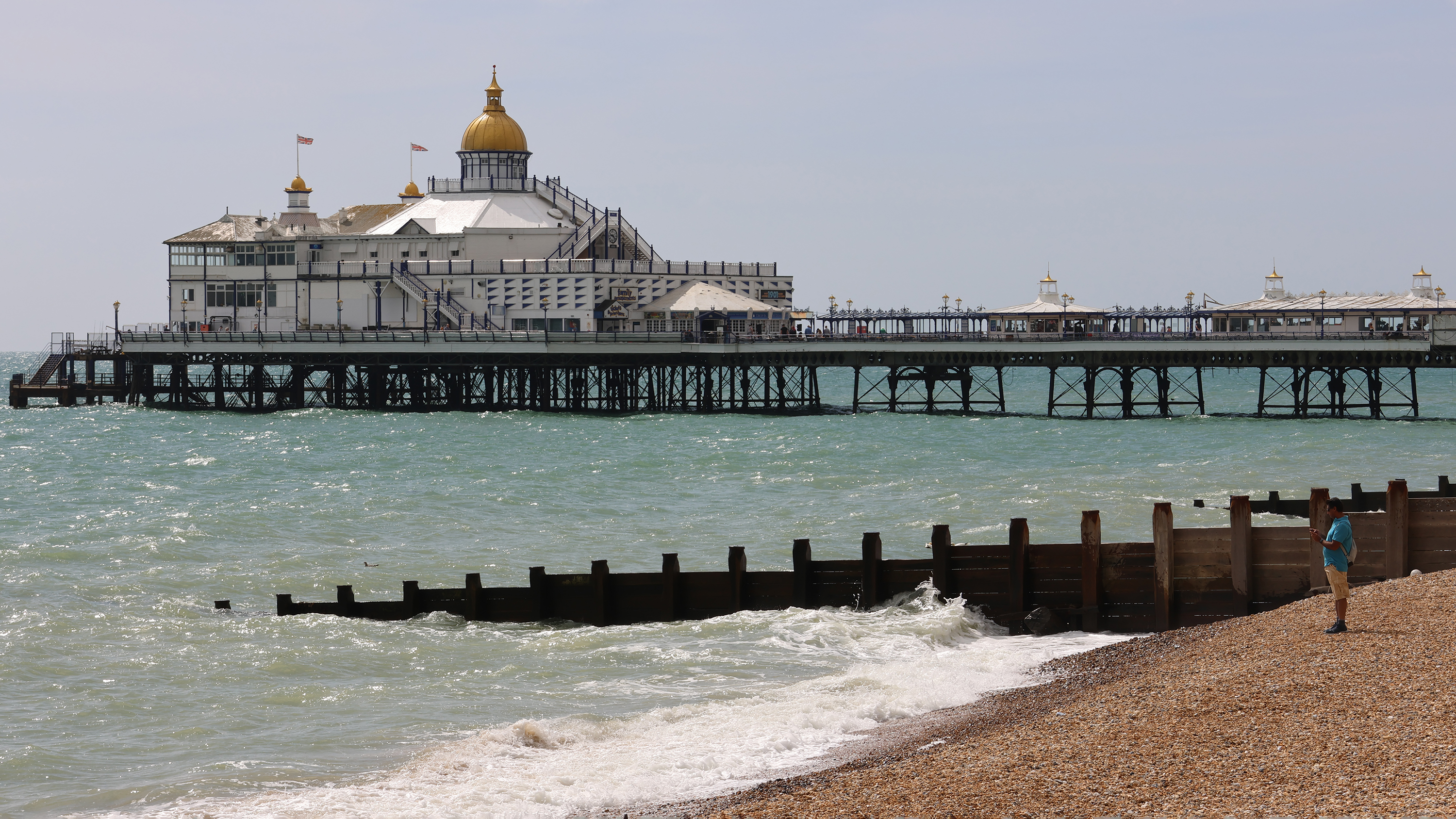
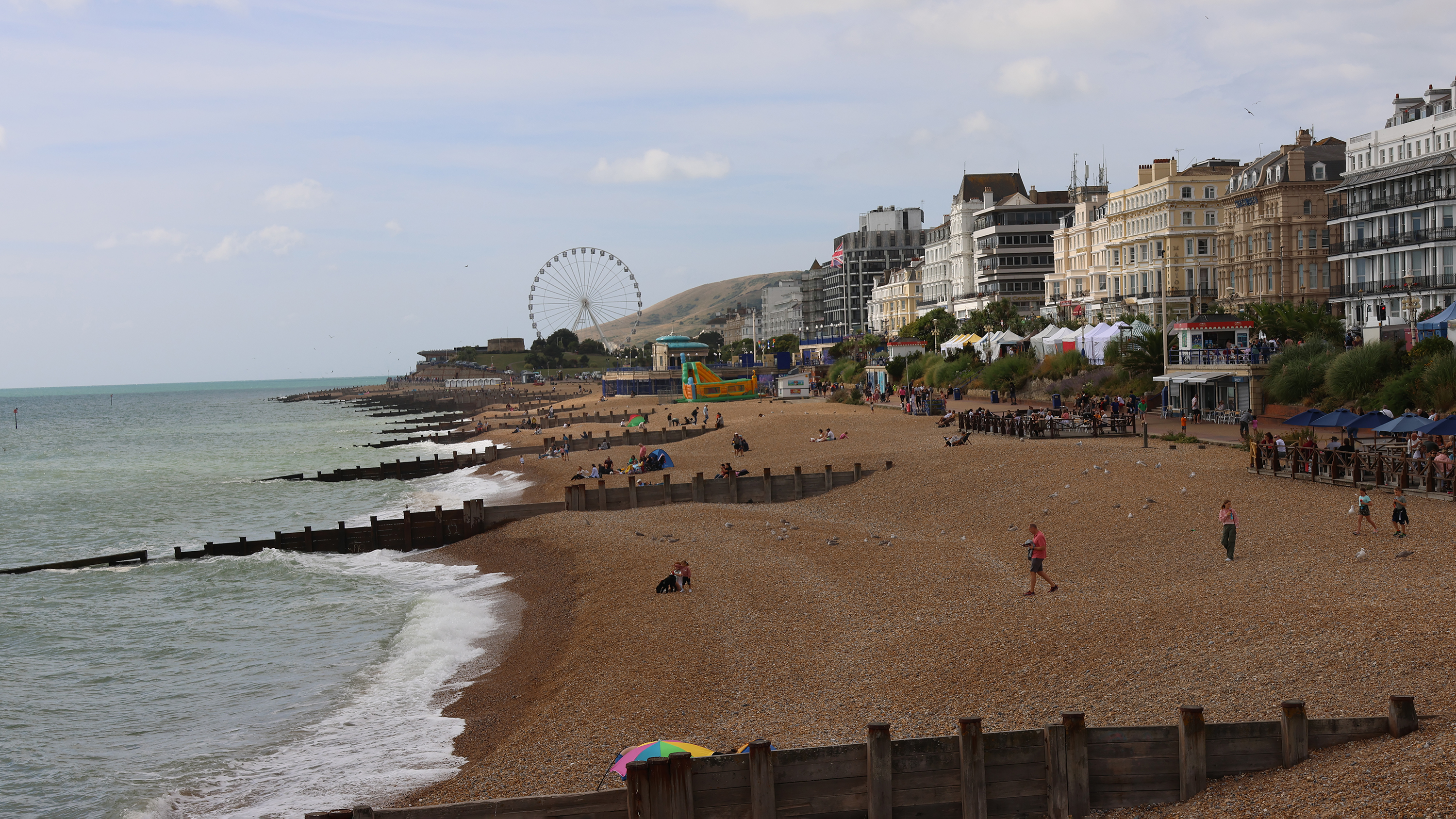
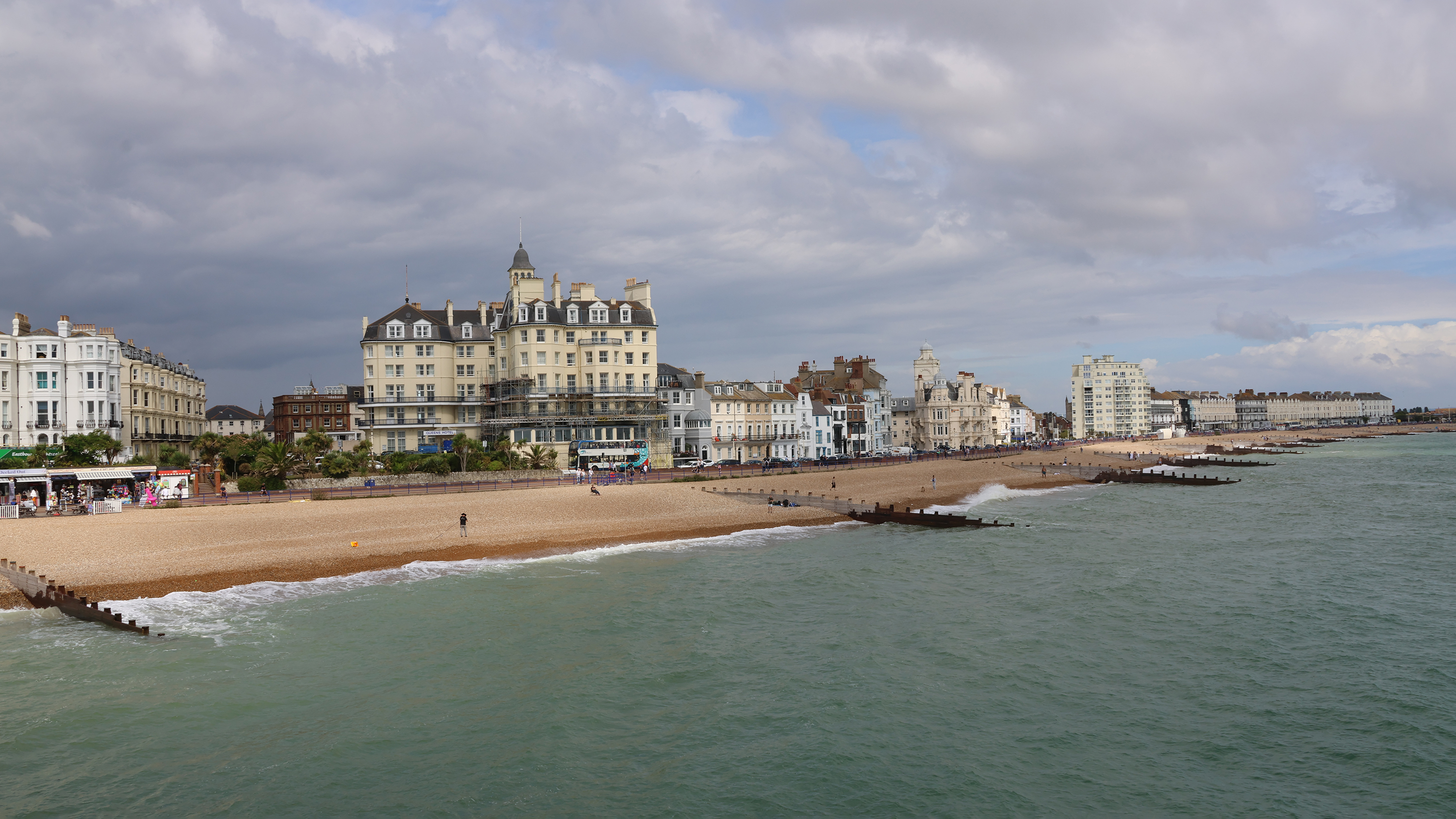




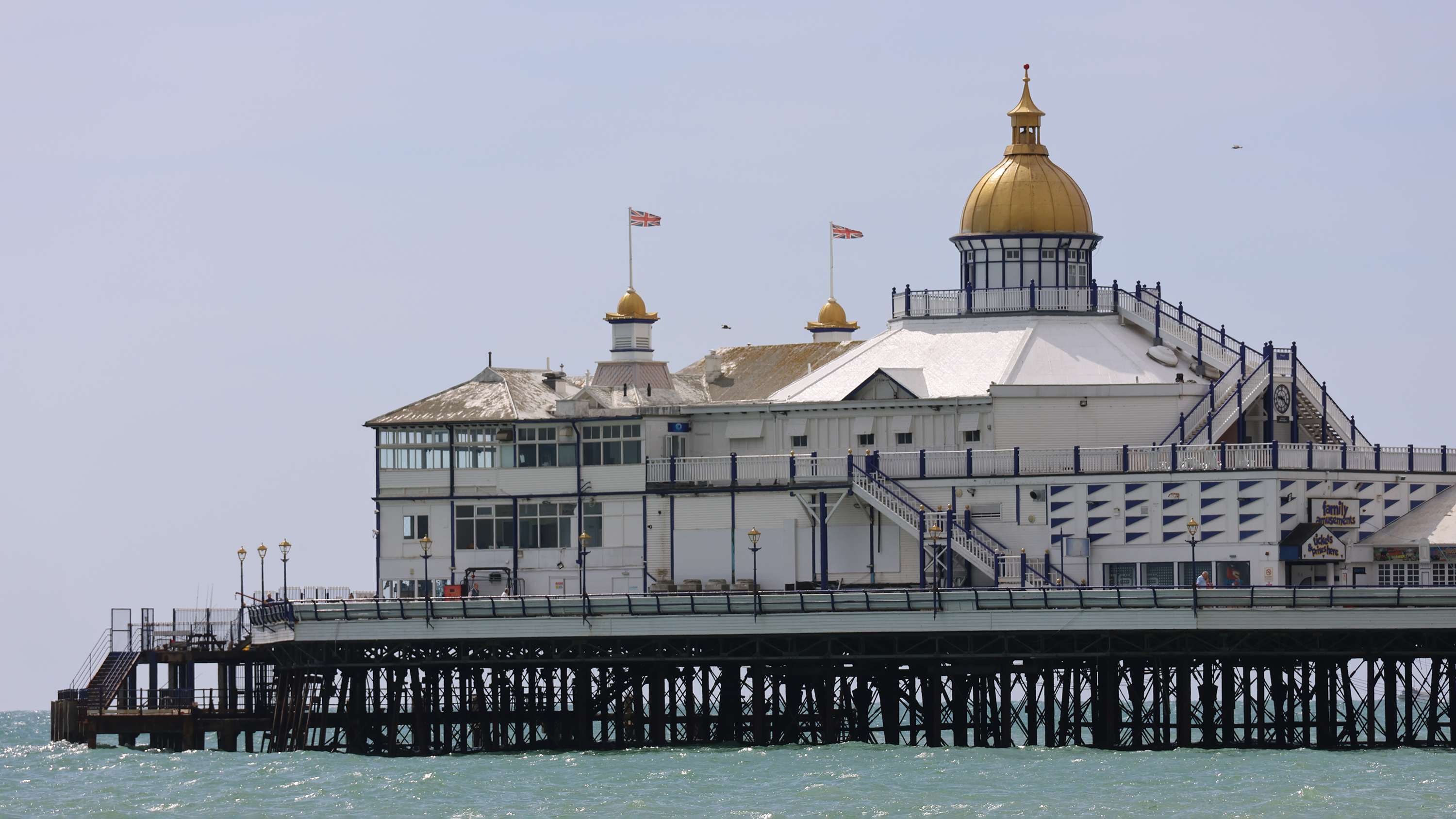

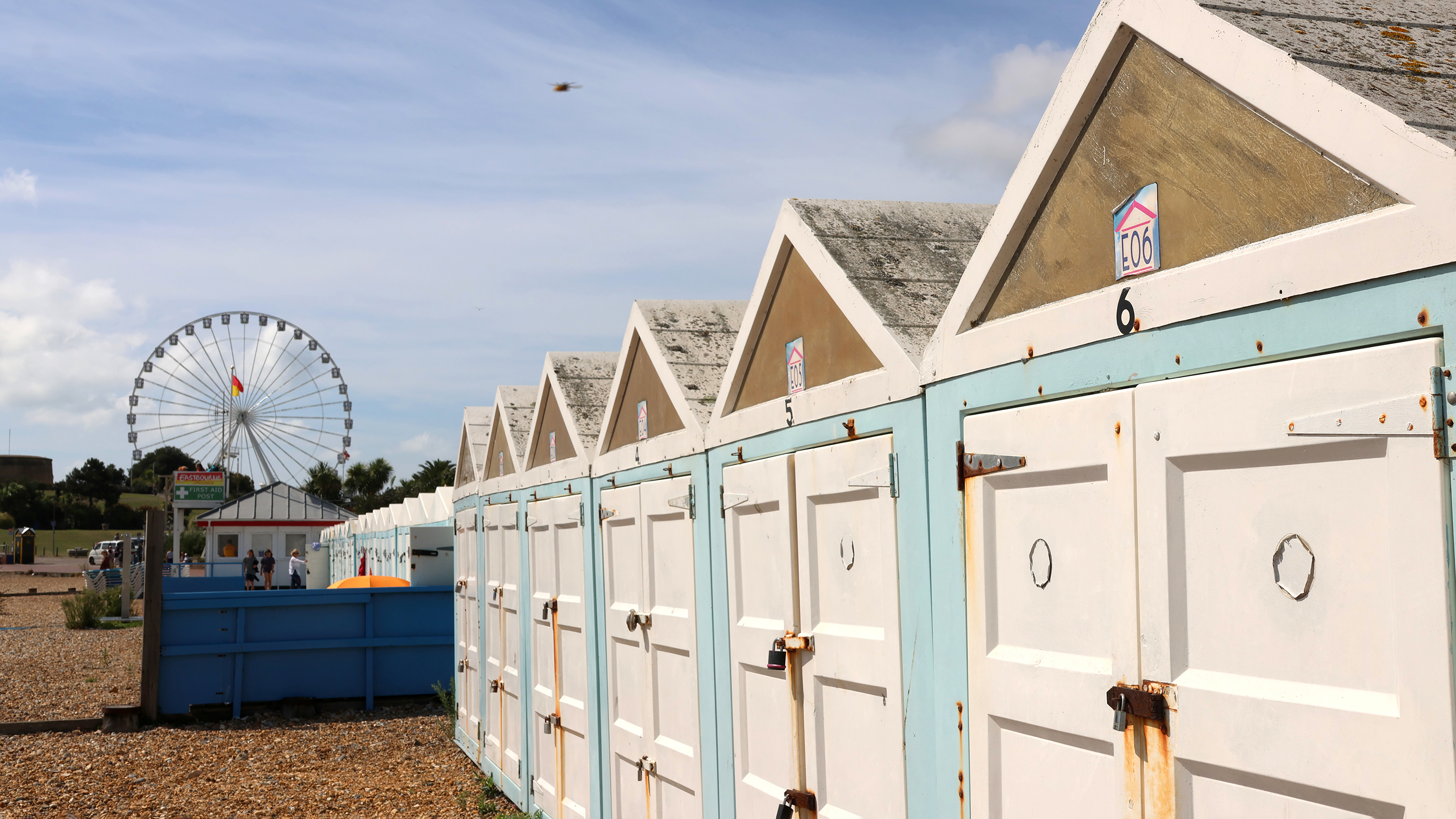
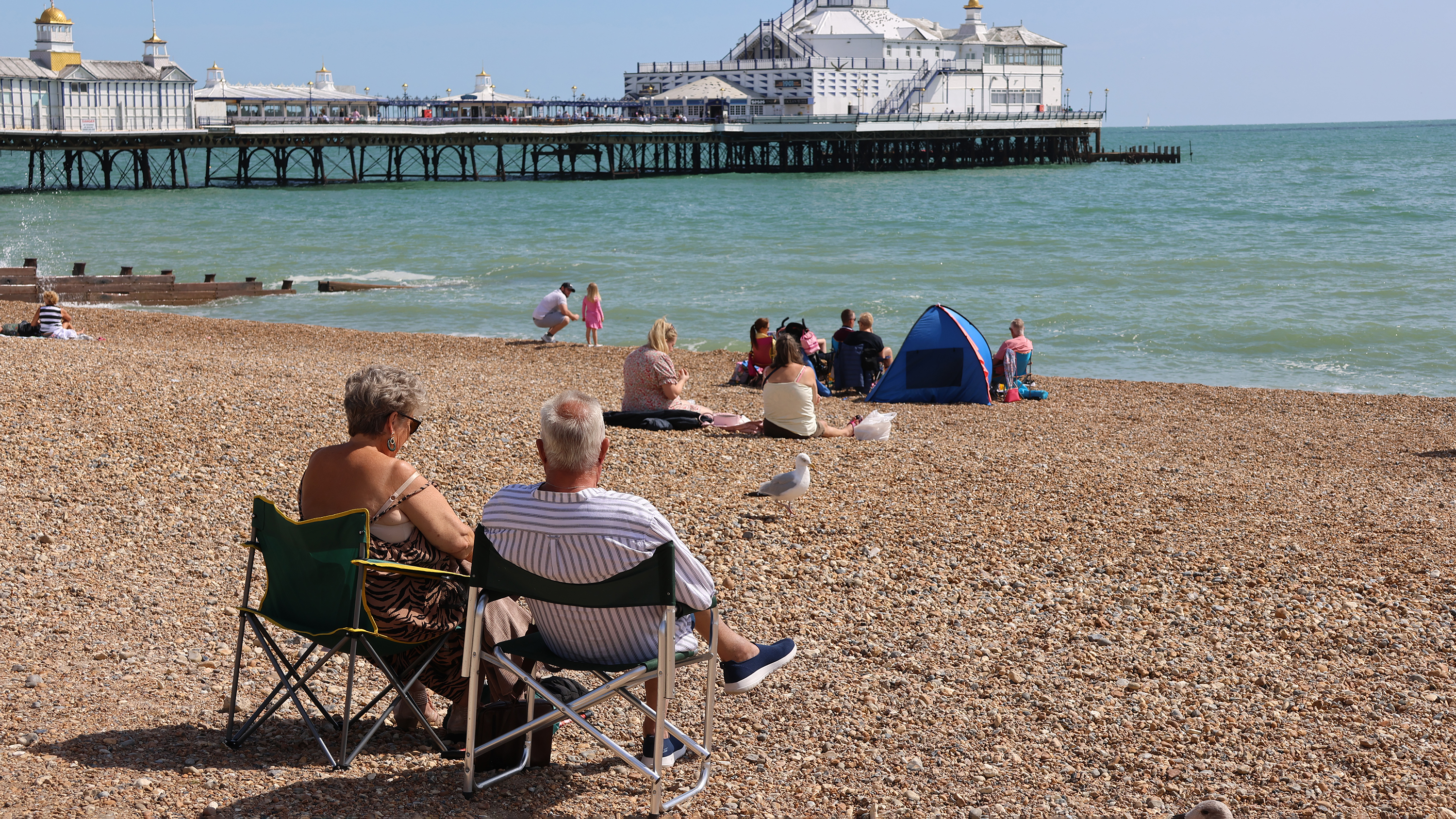

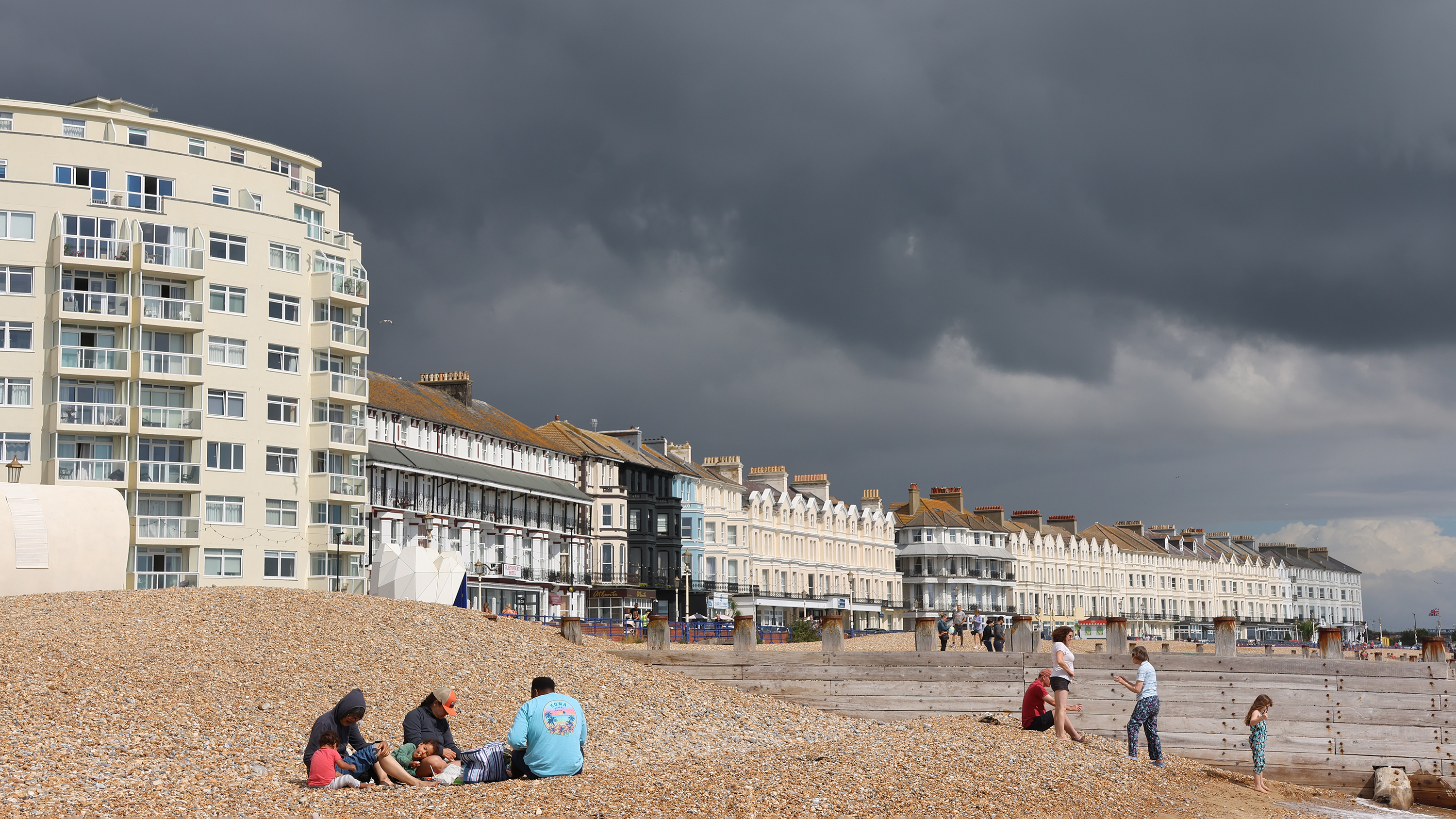
A huge 32.5 megpixel pixel count crammed on what is still a modestly sized sensor, when compared with pricier and larger full frame sensor alternatives at first had our alarm bells ringing; has Canon over-egged the pudding in its desire to play the numbers game? Would this translate into visible grain in shadow detail and darker corners of the frame?
That doesn’t seem to be unduly the case here. We were rewarded during our test period with warm, well-saturated colours that really pop plus plenty of detail from a combination of the sensor and the jack-of-all-trades 18-150mm zoom lens. In short, invest in an EOS R7 and one of the aforementioned jack-of-all-trades zoom lenses we’ll be rewarded with sharply focused subjects, pleasingly defocused backgrounds and images a cut above what a typical smartphone will currently supply – which is arguably one key reason for investing in this Canon after all.
Canon EOS R7 review: Verdict
While an APS-C sensor has afforded both a smaller camera body and a more accessible price point than a full frame EOS 7 series mirrorless or DSLR from Canon, the manufacturer has been generous with its pixel count, gifting the EOS R7 a whopping 32.5MP resolution as well as swift operation. Though this is a very capable option for general photography, its intended audience includes sports and wildlife photographers, the former seeking speed, the latter detail, alongside keen amateurs who know and trust the Canon brand and are prepared to pay a slight premium over the similar, but less generously specified, EOS R10 model. Plus, while the R10 doesn’t feature body integral image stabilisation, the R7 does to the equivalent of 8 stops, adding a further feather to its already impressively adorned ‘cap’.
The EOS R7 does require investment in Canon RF series lenses too if seeking to achieve the lightest and most compact set-up. No built-in flash is included with this model – look to the otherwise lower specified Canon EOS R10, which includes a small, pop-up flash, if that’s a deal breaker. Also, it’s worth noting that increasing spend if budget allows will bag a larger full-frame sensor size from among Canon’s own EOS R range, which will also appeal to the photo enthusiast sizing up this one.
Sign up to the T3 newsletter for smarter living straight to your inbox
Get all the latest news, reviews, deals and buying guides on gorgeous tech, home and active products from the T3 experts
Gavin Stoker has been writing about photography and technology for the past 20 years. He currently edits the trade magazine British Photographic Industry News - BPI News for short - which is a member of TIPA, the international Technical Imaging Press Association.
-
 Polar’s new subscription feature lands in the shadow of Garmin’s Connect+ rollout
Polar’s new subscription feature lands in the shadow of Garmin’s Connect+ rolloutPR genius or timing disaster? Polar’s new Fitness Programme adds adaptive training to its ecosystem
By Matt Kollat Published
-
 New Orient Star watches offer a glimpse of the magic within
New Orient Star watches offer a glimpse of the magic withinThere are two new skeleton pieces
By Sam Cross Published
-
 Netflix's most surprising 100%-rated sci-fi series returns with gorgeous trailer
Netflix's most surprising 100%-rated sci-fi series returns with gorgeous trailerLove Death + Robots is back for more
By Max Freeman-Mills Published